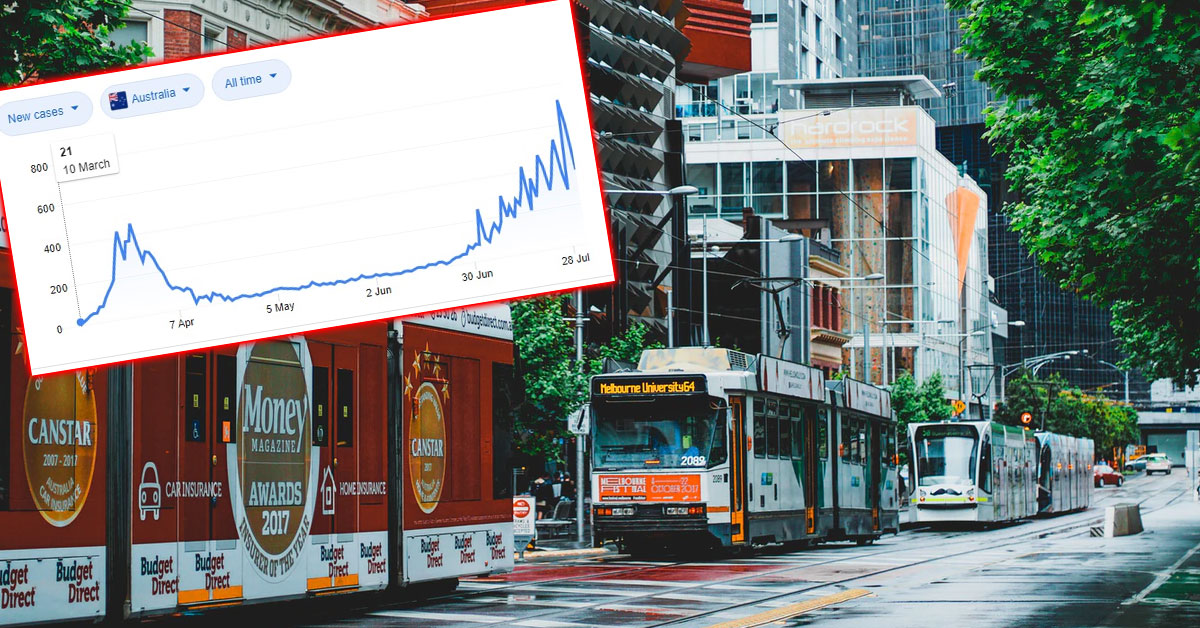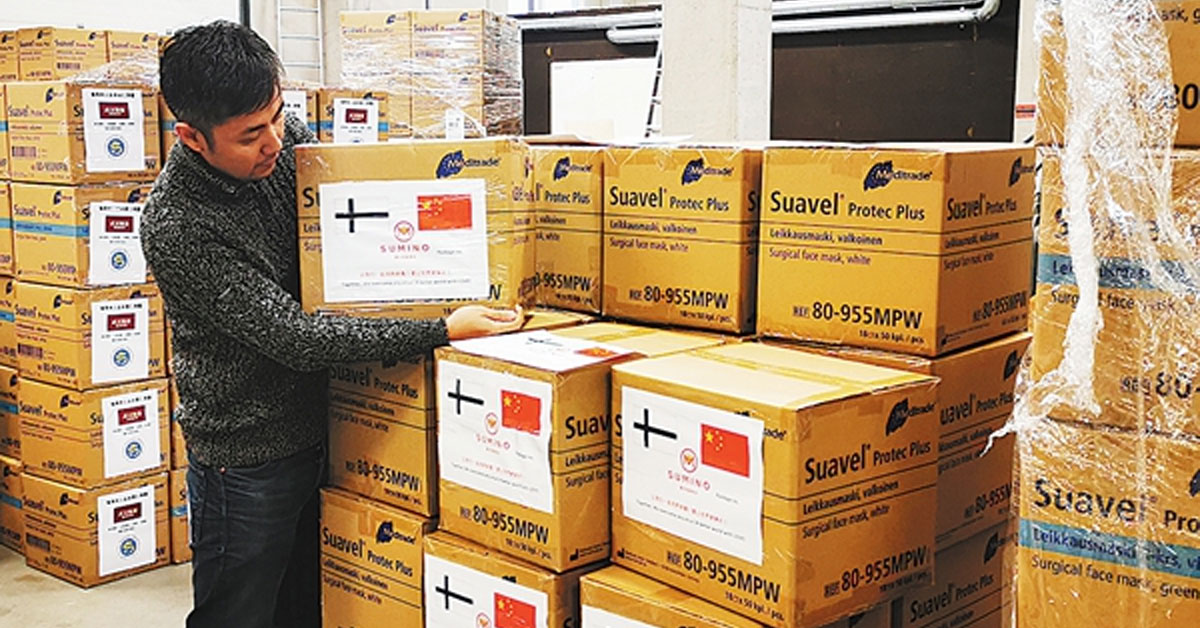No doubt many people, especially students, have had this in their minds since everything now is COVID-19 this, COVID-19 that.
Why are schools still open?
And given the measures we’ve implemented, people also wondered why whatever we’re in isn’t considered a lockdown.

Those questions are quickly explained by Minister for National Development and co-chair of the Multi Ministry Taskforce Lawrence Wong in a press conference.
Minister Lawrence Wong: ‘Lockdown used quite loosely these days’
You can watch the full answer here:
Scroll down further if you want the full transcript, but here’s the summary:
Different Levels of Strategies
There are levels to the strategies employed. Basic hygiene things like washing hands are baseline changes useful for any infectious disease.
But then things like separate seating, limiting social gatherings are a step further.
Closure of schools and workplace are the highest level, what people would consider a lockdown.
If things look to get worse, then that may be necessary.
Not So Bad In S’pore
Currently, it’s not bad enough in Singapore compared to other countries where there are tens of thousands of cases before any measures are even taken.
In other words, the gahmen thinks that as long as the current levels of measures are followed correctly, we wouldn’t need to resort to school and work closure.
And as for why school and work closure are the same level and must be implemented together?
In reality, people need to look after their children, so it doesn’t make sense to have parents work while kids are free from school.
Otherwise, children will just run around anyway.

The transcript of Wong’s answer:
“People use the word lockdown very loosely these days and it means many things to different people. We like to think of our strategies in different categories and based on risk. At the very baseline level, there are things that we ought to do permanently, and even after Covid-19 is over and it will be over at some stage, we have to raise, we have to maintain these standards.
For example, things like washing our hands regularly, not using your hands to touch your face, these are all things that better public hygiene standards, these are all things that we think are important, baseline permanent changes. That’s why we launched an SGClean campaign and even after Covid-19, these practices will be useful for countering any other infectious diseases.
Beyond the baseline, we are talking about a range of measures, that can be put in place throughout, or precautionary measures that can be triggered, as we say, additional brakes, as and when the need arises. So we announce a series of measures last Friday for F&B outlets to have separated seating, that’s the next level of risk and that’s the next level of precautionary measures which we have introduced.
Now we’re putting in place a third category, a higher category of additional precautions, including limiting gatherings to less than 10 and even closing some of these venues where we think social gatherings are likely to be concentrated. We have said that these measures will be put in place for a month and if these measures are effective for a month and it helps to break potential transmission chains, we may then come back to here too, to where we were last Friday.
If these measures are not effective, we may continue them for another month, we could escalate further. Escalating further will then go into the next level of measures which will include suspension of schools and workplaces. They have to go together.
Because there’s no point talking about closing the school, but people need to look after children and if parents are working, then very hard for them to look after the children and the children will be running around anyway in the community.
So closure of schools, closure of workplaces other than essential activities, that’s the most drastic step if you were, that’s what i suppose people call a lockdown, and that set of drastic measures may well be necessary, but again, we do not have to get there in one step.
We can take a series of breaks, and if the situation warrants it, then we may very well, at a later stage, have to do that. That’s why we are encouraging all Singaporeans to take these measures seriously.
If we do these steps well, we may able to get through this current, very critical time of the infection cycle, where we are seeing a rise in imported cases, a very wave of imported cases and very real risk of local transmission happening.
It has not happened yet in a widespread manner and so all of these measures are really pre-emptive. And there perhaps is a bit of a challenge in getting people to take it seriously. In many countries, the very drastic measures have occurred after a widespread outbreak.
Thousands of cases or tens of thousands of cases. We are not there and so perhaps there is a certain sense of things are ok in Singapore but the risks are very well and that’s what we are trying to highlight and that’s why everyone needs to take these measures seriously and if all of us do our part, that’s the only way we have a chance of success with these strategies.”
Advertisements



